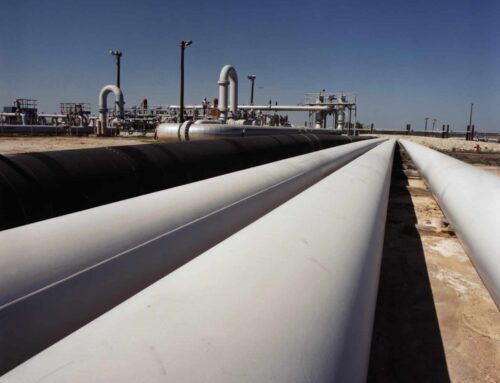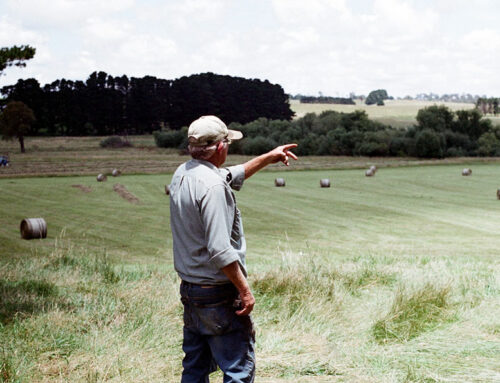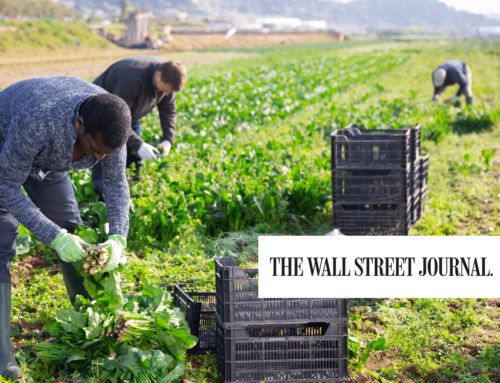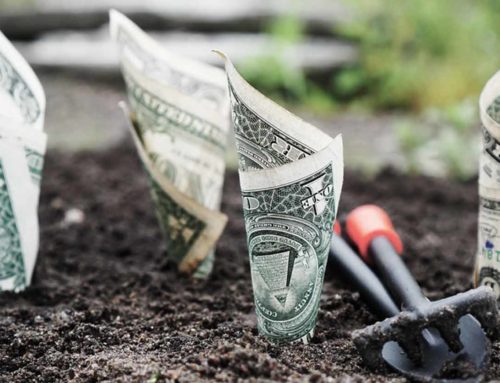In a pattern as predictable as the Earth’s orbit, recent natural disasters are leading politicians and special interests to demand more “emergency” subsidies for agriculture. The latest incarnation is an amorphous multi-billion dollar permanent disaster fund. Left out of these press releases is the fact that most farmers and ranchers affected by Tropical Storm Elsa, the western drought, and other events, are already protected by programs created in the 2014 farm bill and expanded in 2018. Instead of unleashing billions in deficit-financed “emergency” subsidies, Congress should limit any new aid to only true emergencies while letting the existing farm safety net run its course.
Farm businesses currently benefit from a safety net that is the envy of any other industry. Subsidized crop insurance enables farmers to buy policies guaranteeing up to 85 percent of their expected income each year, while only having to pay on average 38 percent of the premium (taxpayers pay the rest). So-called “shallow loss” programs pay out in years when crop insurance does not. Throw in price supports, government-backed marketing loans, emergency disaster loans, and at least five permanently authorized disaster programs (for everything from livestock and fruit orchards to even farm-raised fish), and even farmers get confused with the alphabet soup of duplicative programs.
The federal support doesn’t stop with income subsidy checks. Farm bill conservation programs direct approximately $5 billion a year to farmers often to comply with regulatory requirements for cleaning up pollution. The Renewable Fuel Standard forces a certain level of biofuels (mostly from corn and soybeans) to be blended with U.S. gasoline and diesel each year, inflating crop prices. Numerous other federal programs purchase “excess” crops and distribute them to food banks, nutrition programs, or overseas. Combined with favorable tax treatment on everything – income, property, products, and the estate tax – agricultural businesses are the exception to numerous rules.
And the dollars add up. Current projections are for a $25 billion federal income safety net this year. Nearly two-thirds – $15.6 billion – is from supplemental disaster programs and “emergency” spending already approved in response to COVID-19 and previous natural disasters. On top of that, farmers are expected to receive $5.5 billion more in crop insurance indemnities in marketing year 2021 than they paid in premiums. Together, these subsidies are expected to make up over one-fourth of net farm income in 2021, a number that could easily rise depending on the weather.
Instead of exploiting natural disasters to direct more subsidies to businesses already benefiting from the current generous farm safety net, Washington must reform agriculture policy to help farmers help themselves.
Blueberries baking on the bush and small operations wiped out by floods get the press coverage, but they don’t get the cash. The last few years have shown that most “emergency” farm subsidies go to those businesses already with a seat at the subsidy table or to bail out irresponsible actors. Emergency disaster spending has been used to pay for harvested grain farmers chose to not insure in the private market. It was used to give “bonus” payments to farmers who had crop insurance and already received an indemnity. And for those few farmers who had gambled and not bought crop insurance, “emergency” subsidies were used to bail them out of that bad business decision, but at “only” 75 percent of their losses.
Emergency spending programs also undermine Congressional efforts to create the affordable, stable, and predictable farm safety net ag special interests claim they want. For years crop insurance lobbies justified the program’s high costs as worth it because the predictable shoveling of subsidies in both good times and bad avoided the need for emergency supplementals. Yet, since 2018, Congress has adopted three emergency spending bills (not including COVID supplementals) AND spent $25.3 billion on crop insurance outlays. Coupled with Trump trade war bailouts and COVID-19 assistance, at least $52 billion has been layered on top with more on the way. All while farm bill payment limitations and income limitations were watered down. This meant the largest producers reaped an even greater share of subsidies.
This heavy intervention has led to more market distortions, and at times, farmers being guaranteed a profit even before they harvest. Take a South Dakota farmer – Chad Schooley’s – word for it:
“This is the first time since probably 2012 that, with our guarantees, we’re going to the field with a profit locked in for next fall.”
It’s also led to an environment where lobby power rather than need seems to determine winners from losers.
Instead of reflexively responding to the Western drought and Tropical Storm Elsa’s landfall with “emergency” agriculture subsidies, Congress needs to do the hard work of separating the wheat from the chaff. Legitimate needs for emergency spending may exist. But the best response should be better policies that increase producers’ physical and financial resilience.
This is especially important in the face of climate change. Ag policy must promote – not discourage – smart conservation practices that improve farmers’ bottom lines and resilience to future disasters instead of checks being sent out retroactively with no strings attached. Climate challenges are the new norm, and unless the U.S. prepares – as the Government Accountability Office recommends – taxpayers will be left holding the bag – again and again.
Congress has an opportunity now to invest in real disaster and climate solutions that spend taxpayer dollars wisely, but this requires more than dollars and new programs. It requires change.











Get Social